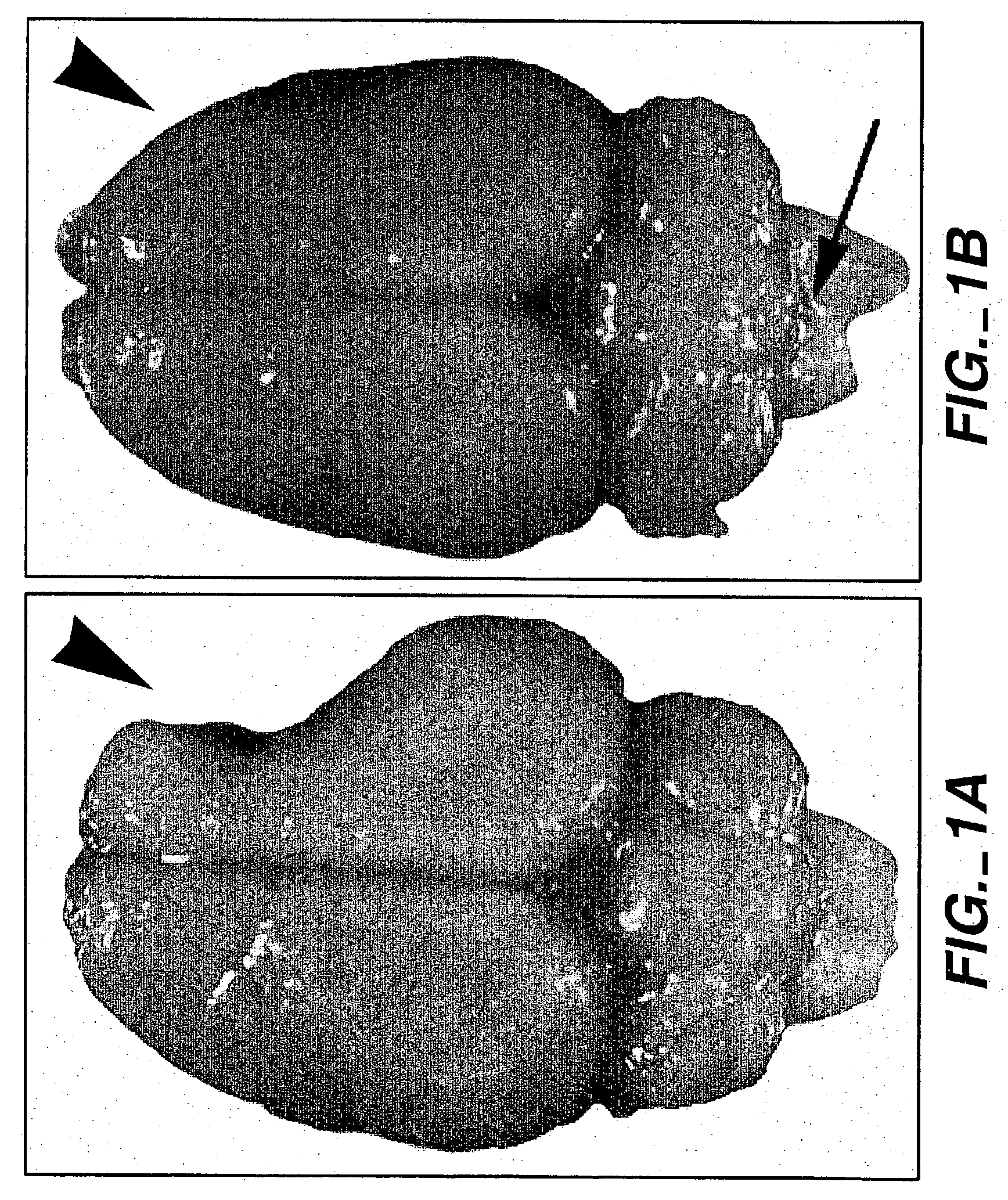Cell therapy for chronic stroke
a cell therapy and chronic stroke technology, applied in the field of chronic stroke cell therapy, can solve the problems of poor prognosis, no successful trial, and significant neurologic disability
- Summary
- Abstract
- Description
- Claims
- Application Information
AI Technical Summary
Problems solved by technology
Method used
Image
Examples
Embodiment Construction
[0083] Patients with stable strokes and fixed deficits were recruited for a Phase I safety trial. Inclusion criteria included major motor deficit from completed basal ganglia stroke defined on imaging. The permissible duration of stroke was six months to six years, with a required fixed deficit without substantial change for at least two months. Patient age could range from 40 to 75 years inclusive. The patient also had to be able to provide informed consent. Patients must have had a motor deficit such as hemiparesis following a completed basal ganglia infarction (4-15 mm) involving gray matter as defined on CT or MR imaging scan and by clinical syndromes of lacunar infarction (e.g., hemiparesis with ataxia in the same limb, pure motor hemiplegia). A substantial deficit was defined by a total score of 70 or less on the European Stroke Scale (see infra).
[0084] Preoperative investigations included serial stroke scales (three) over two months prior to surgery. Imaging studies included ...
PUM
| Property | Measurement | Unit |
|---|---|---|
| concentrations | aaaaa | aaaaa |
| concentrations | aaaaa | aaaaa |
| concentrations | aaaaa | aaaaa |
Abstract
Description
Claims
Application Information
 Login to View More
Login to View More - R&D
- Intellectual Property
- Life Sciences
- Materials
- Tech Scout
- Unparalleled Data Quality
- Higher Quality Content
- 60% Fewer Hallucinations
Browse by: Latest US Patents, China's latest patents, Technical Efficacy Thesaurus, Application Domain, Technology Topic, Popular Technical Reports.
© 2025 PatSnap. All rights reserved.Legal|Privacy policy|Modern Slavery Act Transparency Statement|Sitemap|About US| Contact US: help@patsnap.com

